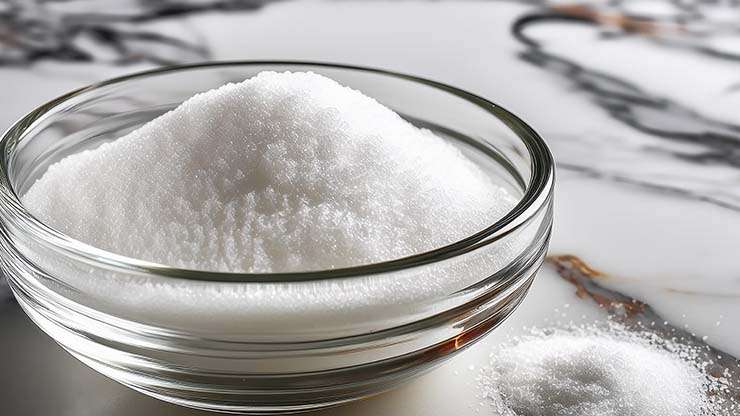
Modern Methods For Improving Drupal’s Larges awt Contentful Paint Core Web Vital
Polyacrylamide (PAM) is a highly versatile water-soluble polymer widely used across various industries due to its exceptional ability to improve water retention, flocculation, and viscosity modification. This polymer plays a crucial role in industrial processes, environmental sustainability, and agricultural productivity. In this article, we explore the applications, benefits, and environmental considerations of polyacrylamide.
What is Polyacrylamide?
Polyacrylamide is a synthetic polymer composed of acrylamide subunits. It is available in different forms, including anionic, cationic, and nonionic polyacrylamide, each suited for specific applications. Due to its high water absorption and gel-forming properties, PAM is commonly used in industries requiring water treatment, soil conditioning, and sludge dewatering.
Industrial Applications of Polyacrylamide
-
Water Treatment – PAM is widely used in both industrial and municipal wastewater treatment. It acts as a flocculant, helping to aggregate suspended particles and improve the efficiency of sedimentation and filtration processes.
-
Mining and Mineral Processing – In the mining sector, polyacrylamide is employed for ore separation, tailings treatment, and wastewater management. It enhances the sedimentation of fine particles, making water recycling more efficient.
-
Oil and Gas Industry – Polyacrylamide is essential in enhanced oil recovery (EOR), where it is used to improve the viscosity of water injected into oil reservoirs, increasing oil extraction efficiency.
-
Paper and Textile Industry – Used as a retention aid and drainage improver in paper manufacturing, PAM enhances fiber retention and improves the strength of the final product.
Environmental Applications of Polyacrylamide
-
Erosion Control and Soil Stabilization – PAM reduces soil erosion by increasing soil cohesion, which is particularly useful in road construction, land rehabilitation, and agricultural settings.
-
Sludge Dewatering – Cationic polyacrylamide helps in dewatering sludge generated from wastewater treatment plants, reducing sludge volume and disposal costs.
-
Hydroseeding – This technology, which includes the use of PAM, is employed in environmental restoration projects to promote vegetation growth in degraded areas.
Agricultural Applications of Polyacrylamide
-
Soil Moisture Retention – Anionic PAM improves soil structure, enhances water infiltration, and reduces runoff, making it ideal for arid and semi-arid agricultural regions.
-
Fertilizer Efficiency – By reducing leaching, PAM ensures that nutrients remain in the soil longer, enhancing crop growth and productivity.
-
Irrigation Efficiency – PAM can reduce water consumption by optimizing the movement and absorption of water in agricultural fields.
Environmental and Safety Considerations
While polyacrylamide is generally considered safe for use, care must be taken to minimize its environmental impact. Residual acrylamide, a byproduct in polyacrylamide production, can be toxic in high concentrations. Therefore, industries must ensure compliance with safety regulations and best practices for handling and disposal.
Polyacrylamide is an essential polymer with wide-ranging applications in industrial, environmental, and agricultural sectors. Its ability to improve water management, soil stabilization, and industrial efficiency makes it indispensable in modern industries. As technology advances, continued research into biodegradable and eco-friendly alternatives will further enhance the sustainability of PAM applications.
Request A Call Back
Ever find yourself staring at your computer screen a good consulting slogan to come to mind? Oftentimes.






